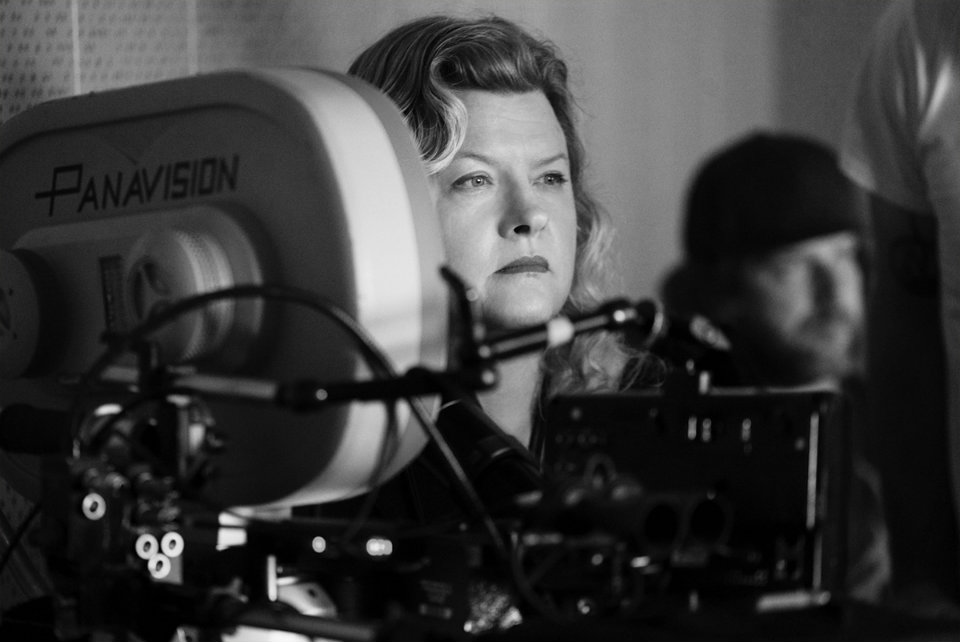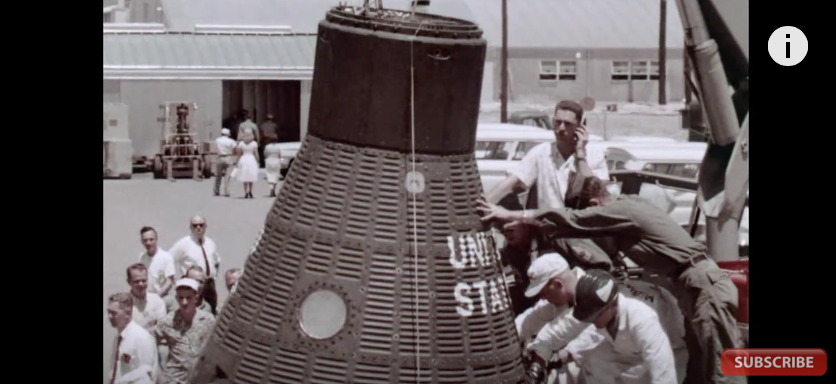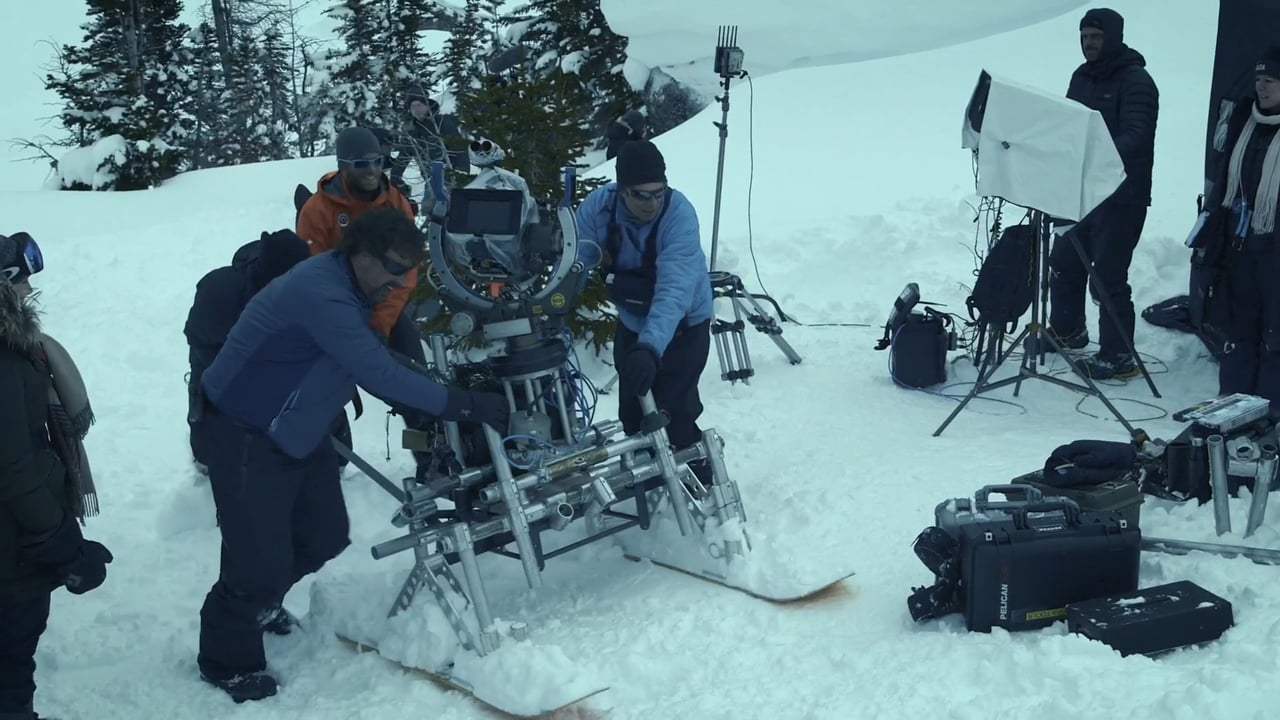Basic Research Project
Each student will research and offer a written response to the work of a single cinematographer (minimum 500 words).
Mandy Walker was born in Melbourne, Australia, in 1963. Walker studied cinema and later became an apprentice on several documentaries and music videos before shooting her first feature.
A cinematographer or director of photography describes the role of being in charge over the camera/ light crews within the film. They are in charge of making creative and technical choices for the shots.
She has been director of photography on numerous films including “Australia”, TV credits include ABC as well as commercials for brands such as nike, Toyota, Chanel No.5 directed by Baz Luhrmann plus a few more.
Mandy Walker’s feature films include:
- parklands (1996)
- The Well (1997)
- Lantana (2001)
- Australian Rules (2002)
- Shattered glass (2003)
- Australia (2008)
- Beastly (2011)
- Red Riding Hood (2011)
- Tracks (2013)
- Jane got a gun (2015)
- Truth (2015)
- Hidden Figures (2016)
- The mountain Between Us (2017)
- PRE PRODUCTION Mulan (2020)
Mandy Walker often chooses the films she works on after reading the scripts and seeing if she feels the message is important. As a female cinematographer Walker also wants to impact her daughter and show that nothing can hold her back from her career, so in this aspect she chooses films that feel important to her.
As cinematographer on Hidden Figures, oscar nominated feature film in 2016. I read up on the techniques and the process used within the creation of this film. Specifically on the work of cinematographer Mandy Walker and her contribution in the film. This film was created by a crew led by 35% women which is far greater than most feature films. Mandy Walker as Cinematographer was a huge part of this.
Hidden Figures is a story about three African American women working at NASA within the segregated time they were in, they’re job was to calculate the flight calculations of Apollo 11 despite the difficulties of the pressuring racial segregation within their home and work life. This film one many awards for both its actors, and story
As Hidden Figures was set in the 1960’s this film was intended as an extremely relevant period film that also featured CGI. In terms of creating the 1960’s aesthetic Mandy Walker in conjunction with the director and other creatives watched NASA and archival footage as well as the film “Eye’s on the Prize” and American TV series documentary about the Civil right movement in the US. This offered inspiration for Walker into this period film showing how it needed to be visually represented. Walker also got inspiration from photographers like Danny Lions and Gordon parks, often civil rights photographers.
This film was intended as a modern version of a period film, Walker aimed to represent the 1960’s by working out what there look was in terms of modern yet showcasing the 60’s as well as paying tribute to the people and artists within that era.
In terms of cameras Walker used a 16 mil lens and took an extraction from the frame to create an older, grainer shot which is used to reference the 1920’s this then merges into the 1960s in which we see a cleaner yet recognisable aged shot fitting in with a modern version of a period film. Walker learned how to light dark skin hues with 35 mm film on “Hidden Figures.
In terms of colour palette, the film transitions when showing the childhood scenes to the scenes as an adult .
Often sepia tone are used when she is a child representing the time period as well as creating a softer environment for juxtaposition to the NASA scenes which are cold and grey.
The Nasa colour palette showcases a modern. architectural space age, bright, light environment. During this time period space was a futuristic and uplifting and hopeful thing that had never really been done before. So the use of extremely bright lights create a white, modern style that help audiences to see the optimistic and future style. The colour palette of the IMB room which the 3 main women work in juxtaposes this completely, this is dark, dingy, old, wooden with green walls that is cramped and really just positions the room as old and in dire need of fixing. this helps portray how the two environments effect the women and their work. This reflects on how they were treated in this time and the use of the colour palette helps portray this.
Walker mentions in an interview how the camera angles also add a huge element to how the characters are represented which was well thought off before the film was shot. She mentions in an article that “When we were shooting the African American women talking to the white guys, we had the camera just a little bit under their eye-line, so they were always looking above them. As the film develops, the camera starts to be on the same level for both characters. It’s very subtle, but it’s there.”
THE MOUNTAIN BETWEEN US
(2017)
Another of her most recent films that Mandy Walker was Director of Photography on was “The Mountain Between Us”. This film is about two strangers who are in a plane crash and have to bond together in order of survival, when they realise help isn’t coming they must choose to trek across the wilderness. Directed by Hany Abu-Assad and has both Kate Winslet and Idris Elba as the main characters this film is also set in a remote snow covered mountain.
Walker describes this film as the most challenging she has ever been involved in, often her films are set in desserts in scorching hot weather or neutral weather so in contrast having to know how to set the camera and lighting in this environment as well as achieving the artistic intention was a real struggle.
The director wanted elegant and epic shots often involving a crane on top of the mountain tracking down with the characters as they moved down. This offered lots of issues in terms of altitude and temperature as well as terrain. Walker says ““We put a crane on top, slung in a basket from a helicopter. It took three days for the grips to build it at 11,000 feet, where you can’t lay tracks in four feet of snow.”
Up at high altitude and on top of the mountain, lighting couldn’t be taken up. So they used a digital 65mm Alexa camera to enhance the shot to create that “epic” effect. Due to the white snow and skin tones with a blue sky this camera gave off more definition and detail.
Cameras had to run all hours of the day of they would freeze so running them kept them warm enough the work. They also kept extra batteries in coolers with heating pads so they wouldn’t freeze, everything had to be changed for the different temperatures which Walker loved, she loved learning how to achieve a nice shot based on the difficulties challenged within the environment. Inouther challenge was only having characters footprints in the shots and not any other crew members, which firstly meant no rehearsals just shooting one shot to get it right. Walker discusses how she had “three dollies on little snowboards with remote heads,” said Walker, “a bigger one that could work in deep snow, and a low one on a sled to do shots looking up. At 3,000 feet, we had a 50-foot Technocrat on a Taurus tractor that could drive through four feet of snow and track with the actors without making footprints.”
MANDY WALKER as a cinematographer describes how the most important part of her job is to collaborate with the director to tell a story visually. Its her job to create the atmosphere thats right for the story, showing the motional journey and tell audiences whats going on. another part of her role is to understand how to get those images as a technician. To understand the cameras, lighting, and how each works within different environments as well as what will work best for the desired shot.
Bibliography:













